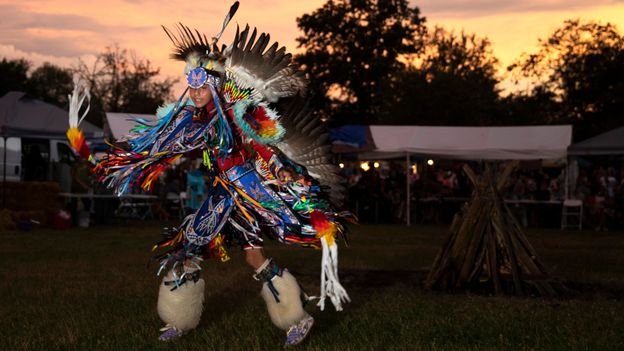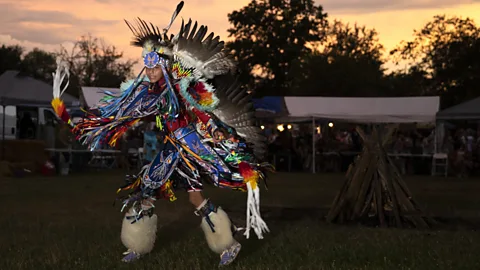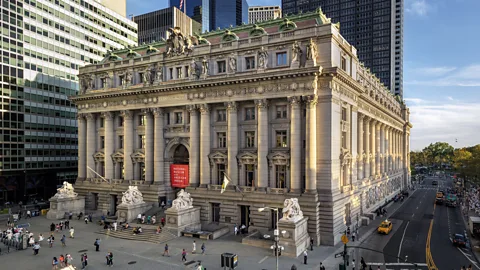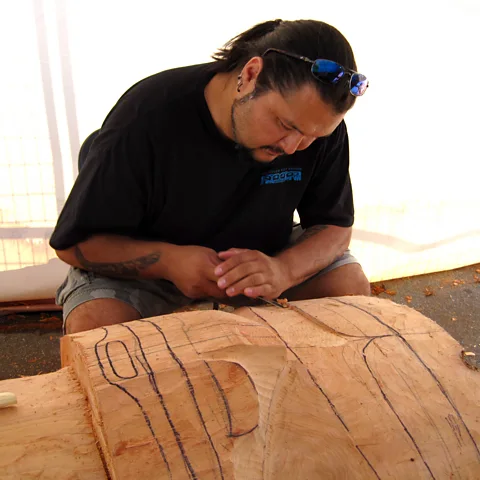Travel
How New York City is reclaiming its Native American roots

 Getty Images
Getty Images“[There are] over 181,000 Indigenous peoples living in New York City,” explains Sutton King, a member of the Menominee and Oneida nations and president of the Urban Indigenous Collective, a nonprofit organisation that provides health and wellness services to the city’s Indigenous community. “That includes American Indians, Alaska Natives, Native Hawaiians, Taínos, Indigenous peoples of the global south… of Mexico. But when I’m here in New York City, people are surprised when I say that it’s [one of] the largest urban Native populations. People are like, ‘in New York?!'”
Today, there are plenty of places to go to learn about the city’s rich Native American past and experience its thriving present.
 David Sundberg/ National Museum of the American Indian
David Sundberg/ National Museum of the American IndianElsewhere this month, the New York Public Library is hosting a series of discussions on books by Native authors and highlighting important works of Native American history and heritage in its research collection, such as a copy of the Cherokee syllabary – the culmination of a decade-long work that led to the printing of Cherokee texts.
 National Museum of the American Indian
National Museum of the American IndianTo experience the city’s modern Native culture, there’s no better place to visit than Relative Arts in Manhattan’s East Village. Part gallery, part store and part community space, Relative Arts is owned and operated by Korina Emmerich of the Puyallup Nation and Liana Shewey of the Mvskoke Nation. It serves as a space for Native artists to showcase and sell their work and to meet other Native artists
“The shop is really kind of secondary to what we do,” explained Shewey. “We have the shop so that we can keep the doors open and continue to hold that space, but we primarily function as a community space and open studio and workshop. We really want the space to be, like, fluid and amenable to whatever the community requires of us.” The site hosts a wide variety of events for Native artists and the public, including classes, poetry readings, musical events and more.
 Alamy
AlamyFounded in 1969, the American Indian Community House (AICH) in Midtown Manhattan is the oldest nonprofit organisation in the city dedicated to supporting Native Americans. Though the main programming at AICH is specifically for Native peoples, they often open talks, film screenings and other events to the public. For Native American Heritage Month, members of the AICH community will be participating in the Hearth and Harvest Festival (23 November) at Historic Richmond Town in Staten Island. On Thanksgiving (28 November), the Prospect Park Track Club will host their annual five-mile Turkey Trot: Race for Reconciliation run, which helps to raise money for AICH’s mission to improve and promote the wellbeing of the city’s Native American community.
“You’re not only on Native land in November,” Shewey said. “You’re on Native land every day of the year, and we need that kind of support and visibility every day of the year.”










